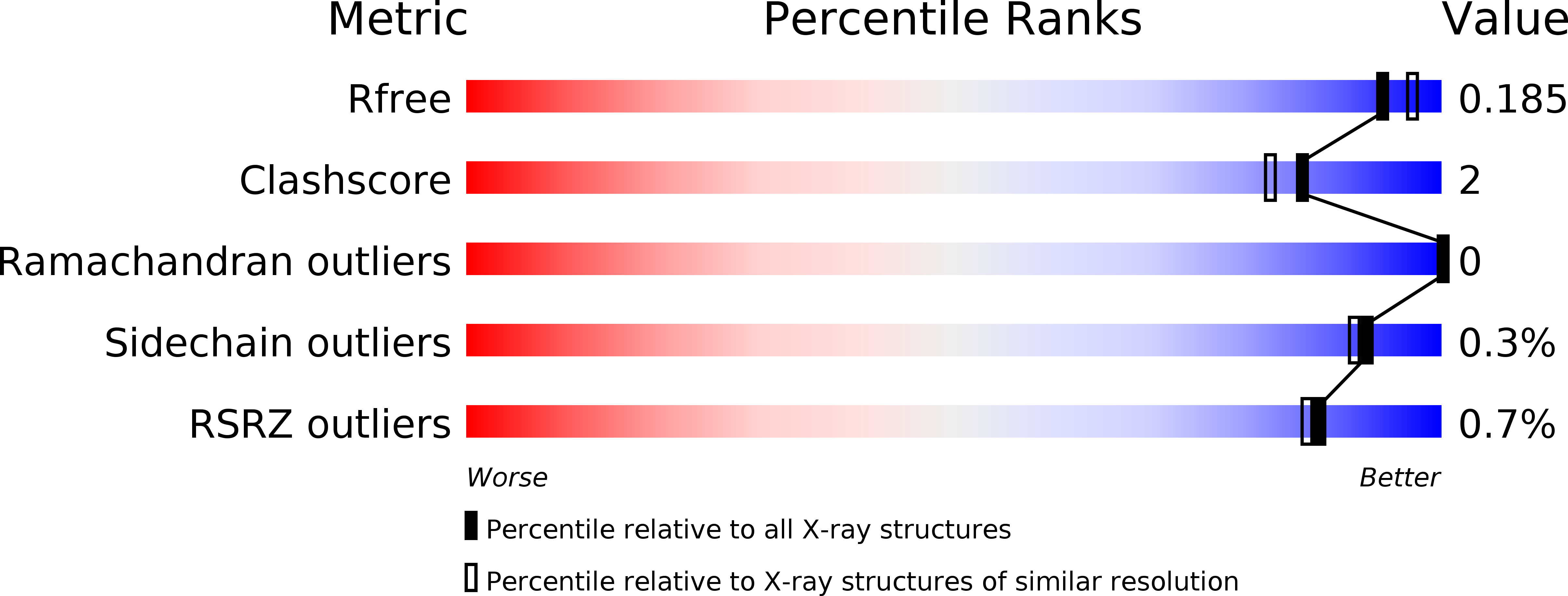
Deposition Date
2009-07-07
Release Date
2010-05-26
Last Version Date
2023-12-13
Entry Detail
PDB ID:
2WN2
Keywords:
Title:
Structure of the discoidin I from Dictyostelium discoideum in complex with galactose beta 1-3 galNAc at 1.8 A resolution.
Biological Source:
Source Organism:
DICTYOSTELIUM DISCOIDEUM (Taxon ID: 366501)
Host Organism:
Method Details:
Experimental Method:
Resolution:
1.82 Å
R-Value Free:
0.18
R-Value Work:
0.14
R-Value Observed:
0.14
Space Group:
C 2 2 21


